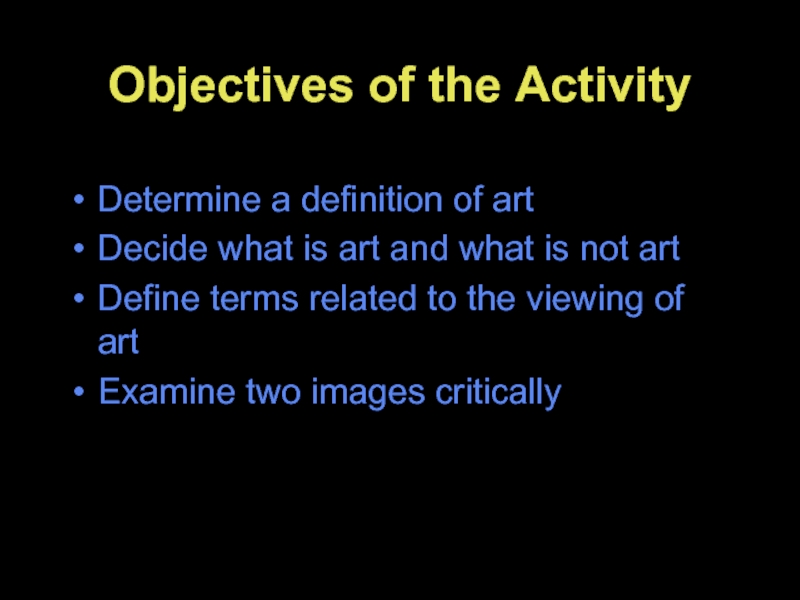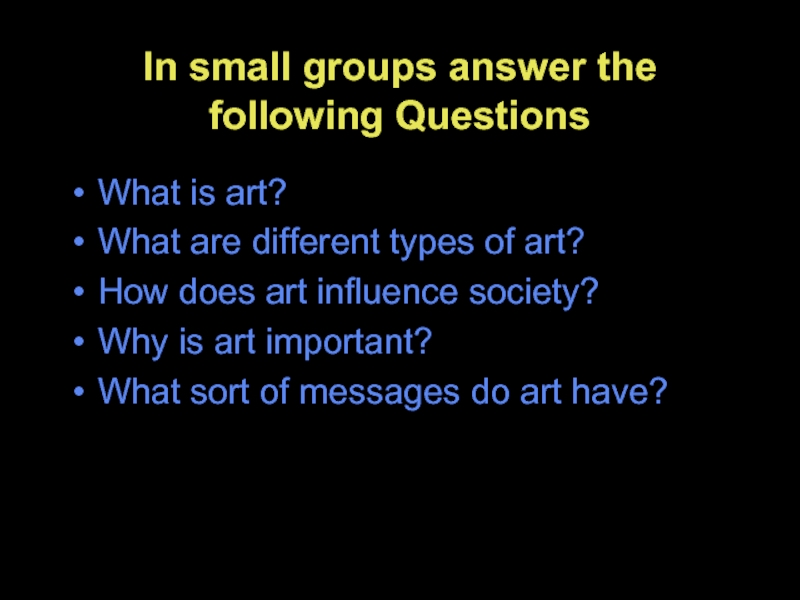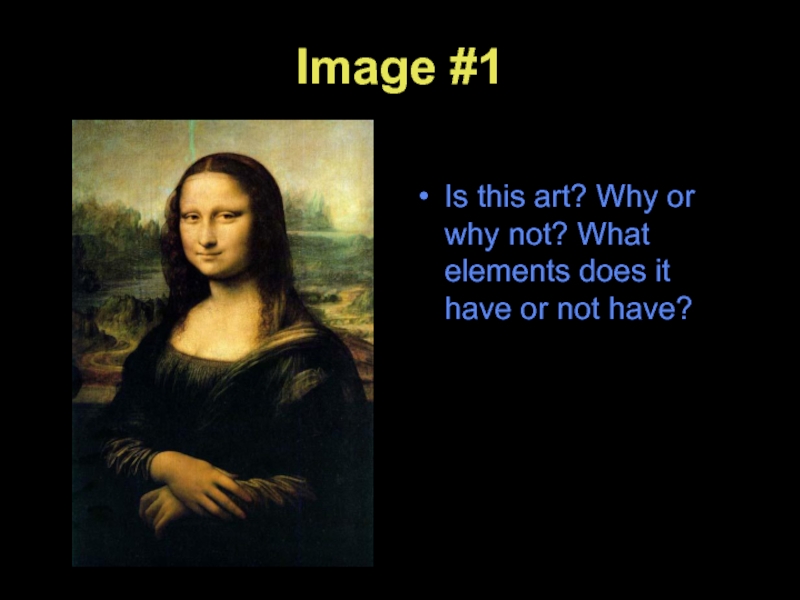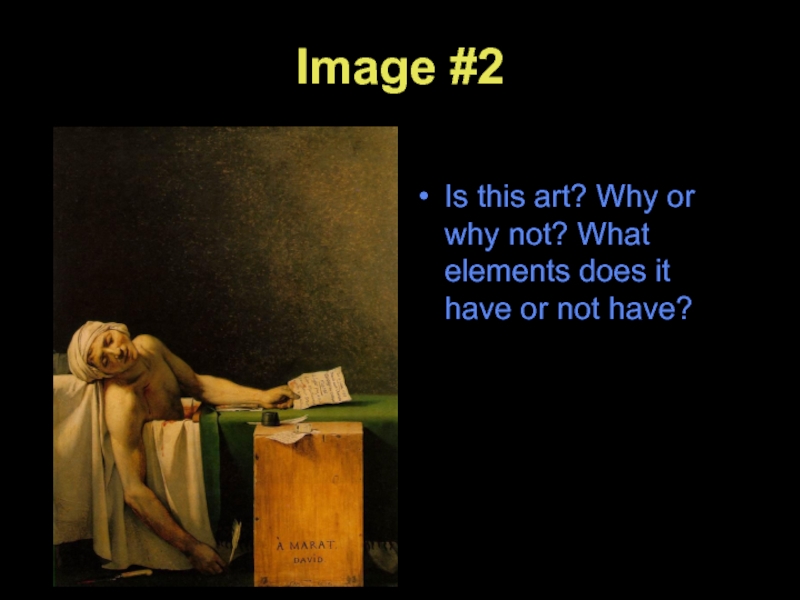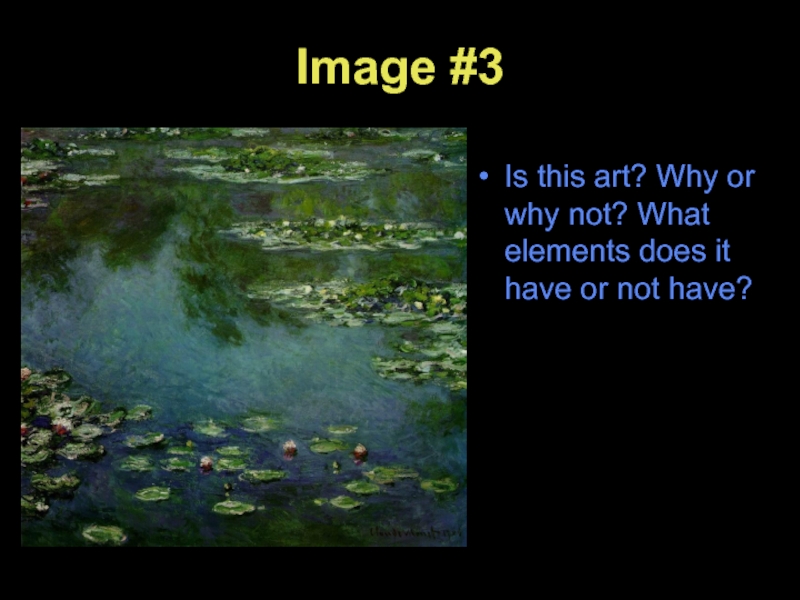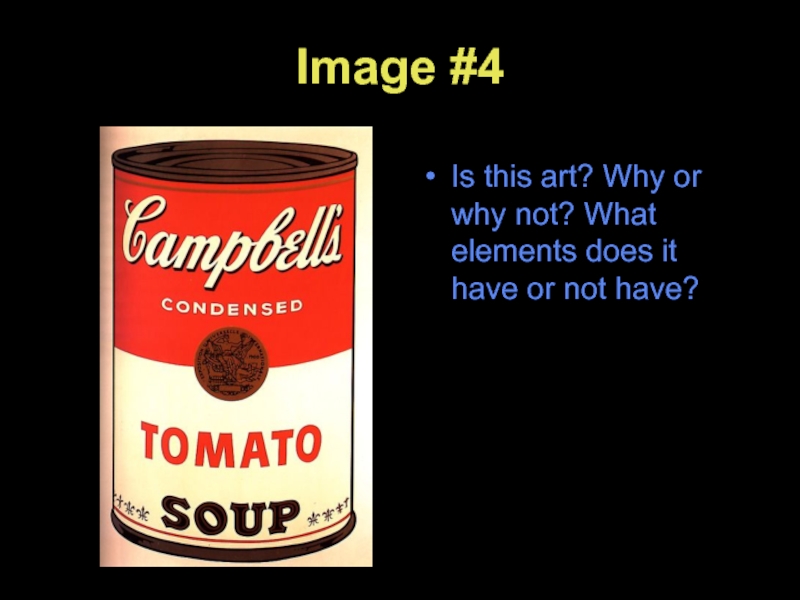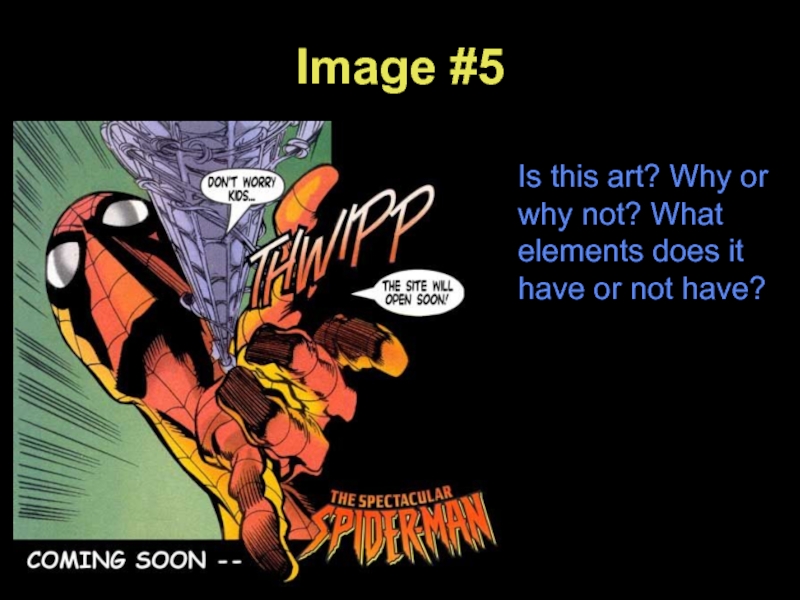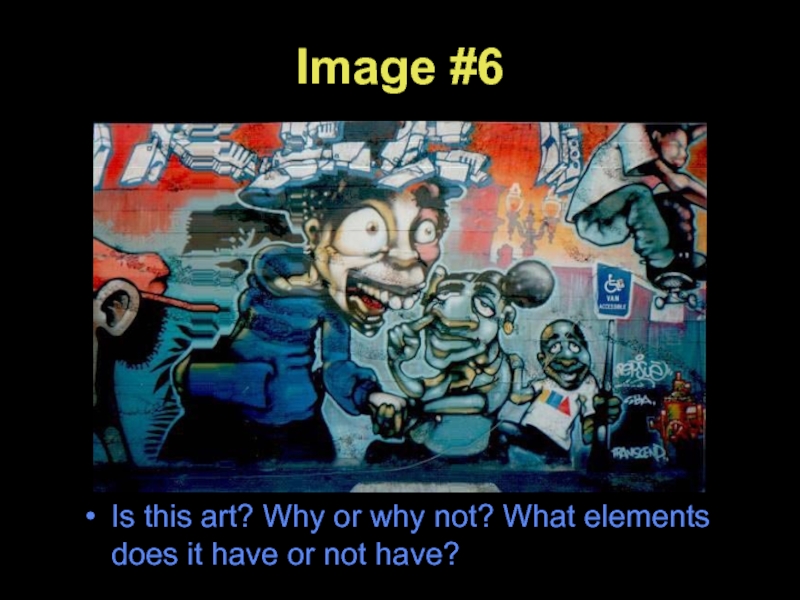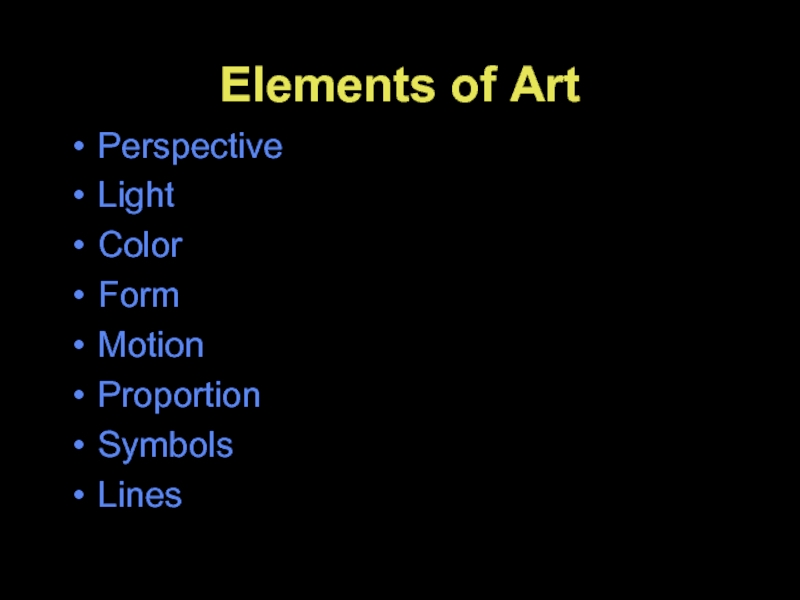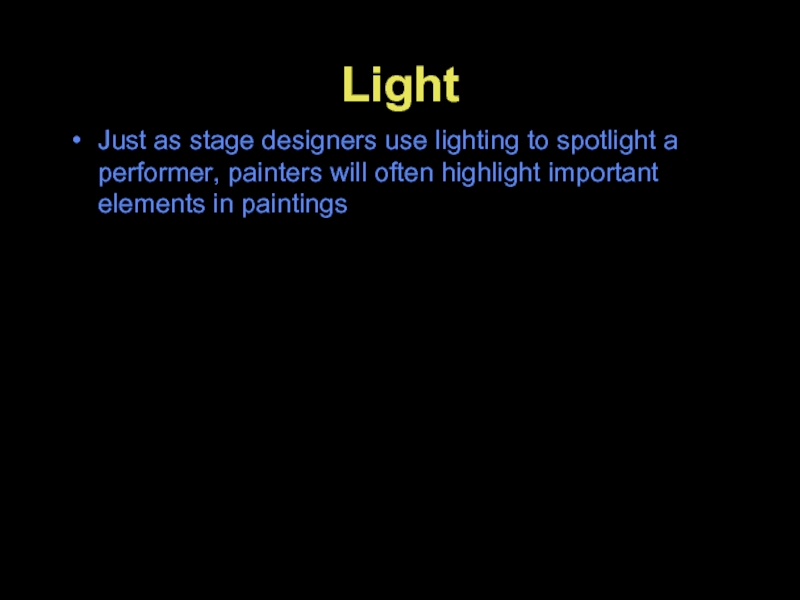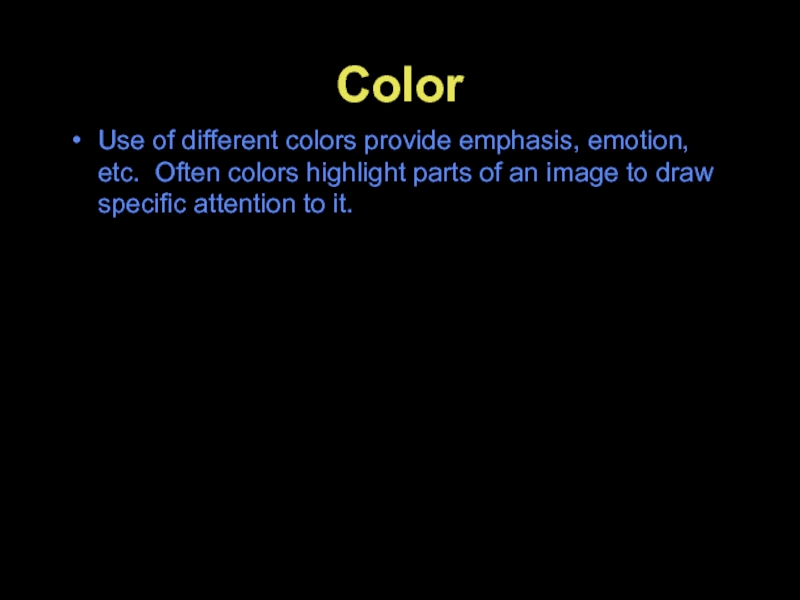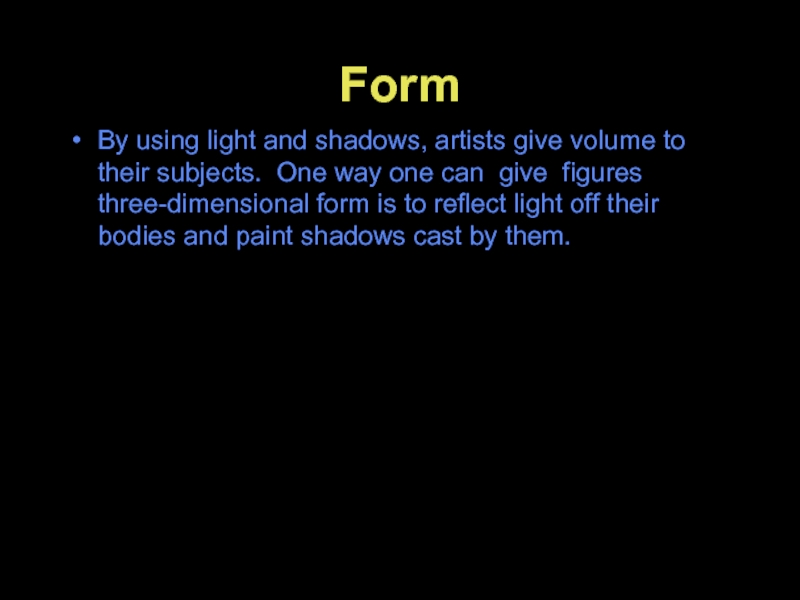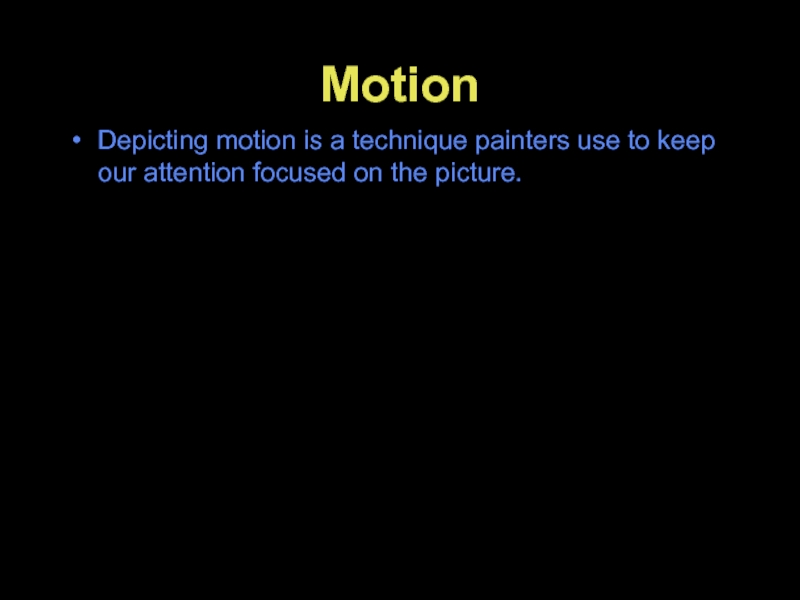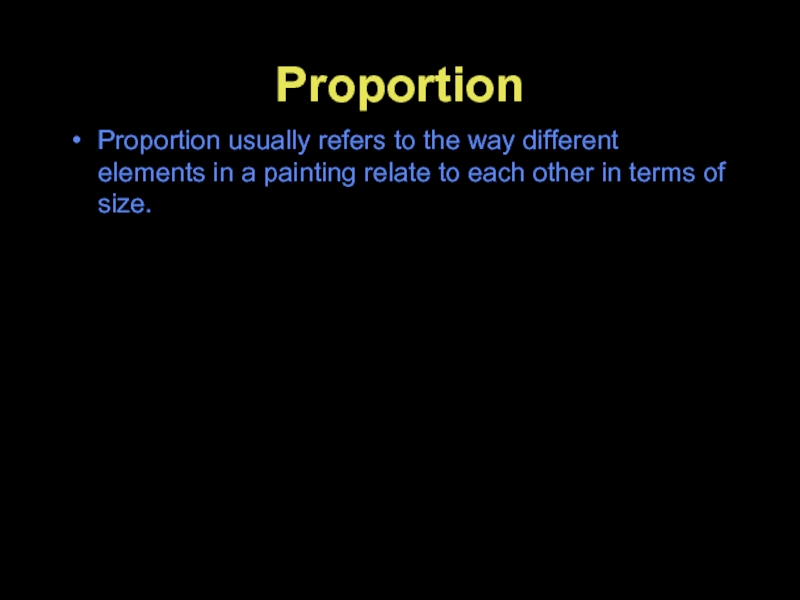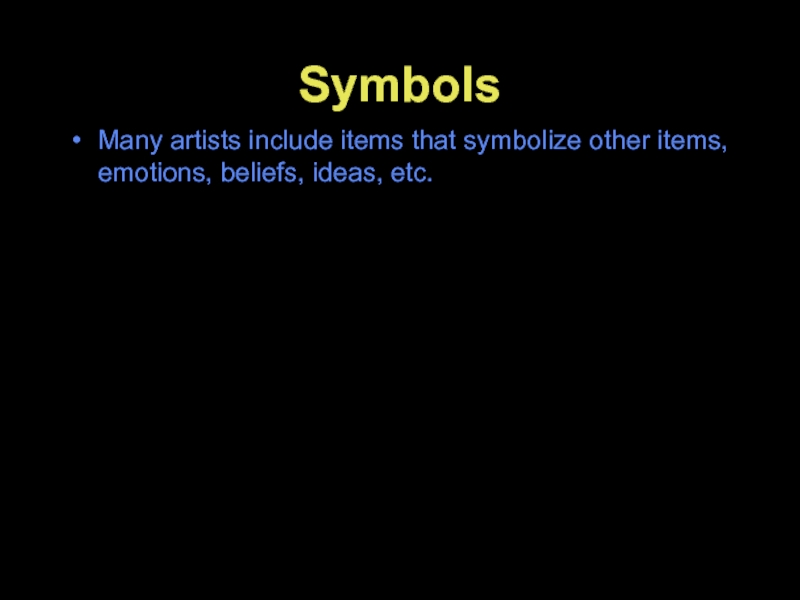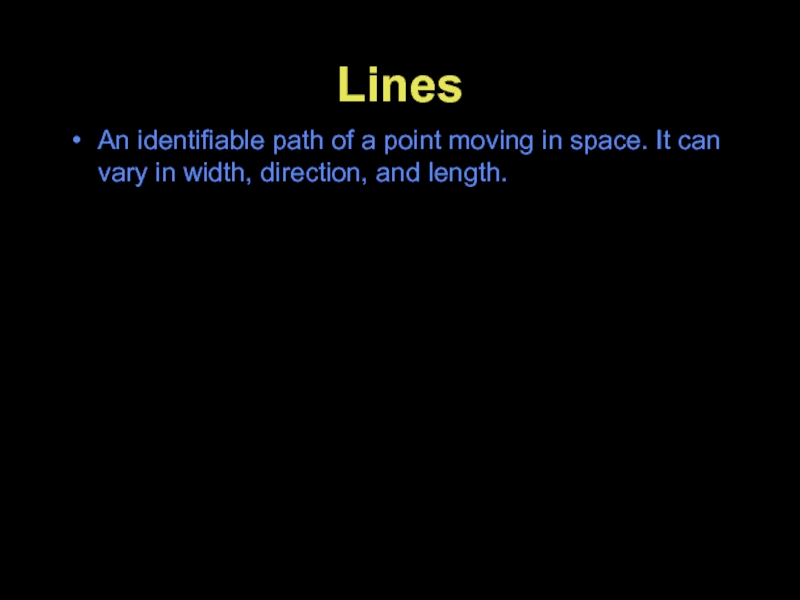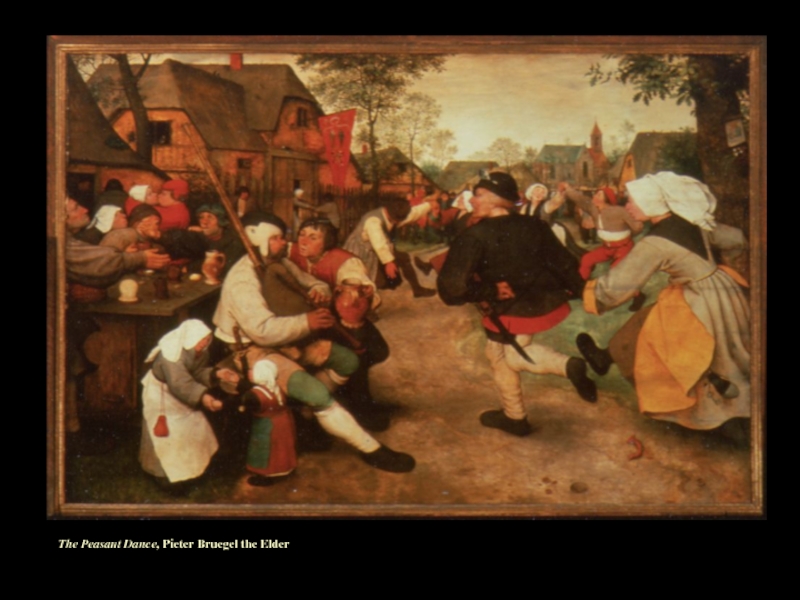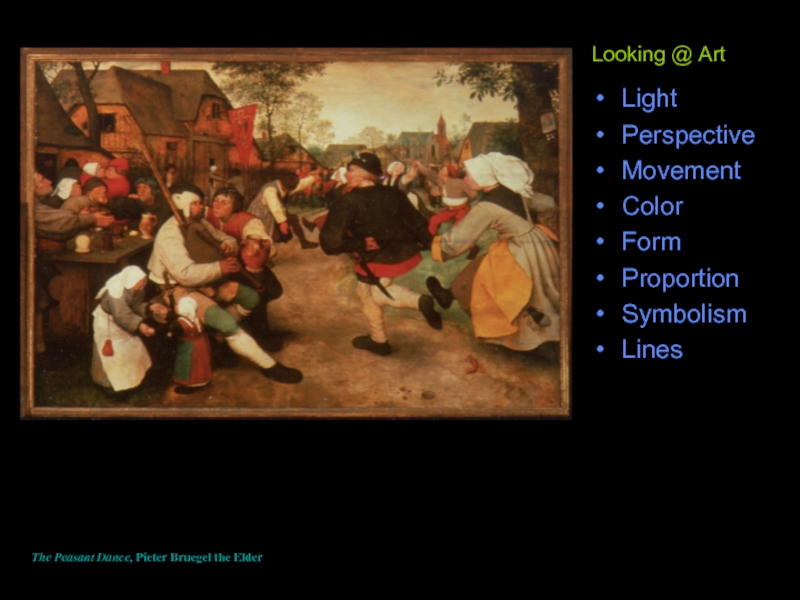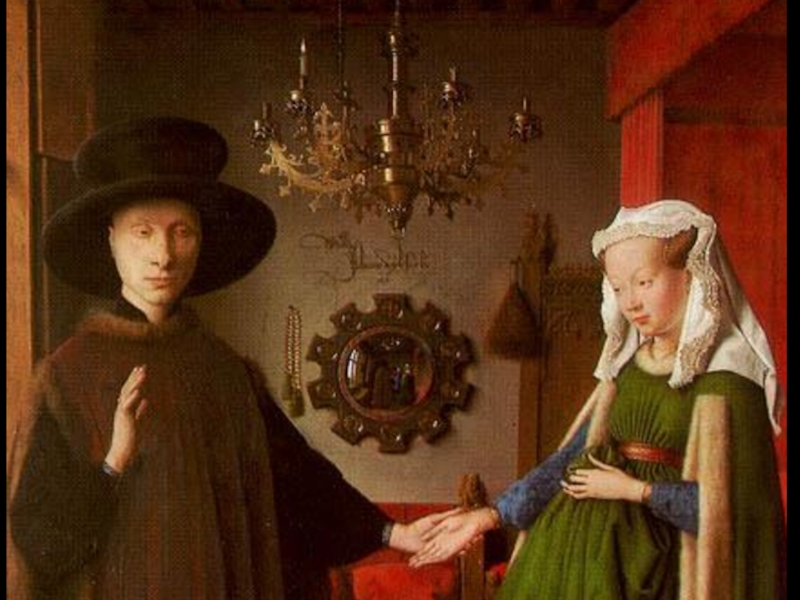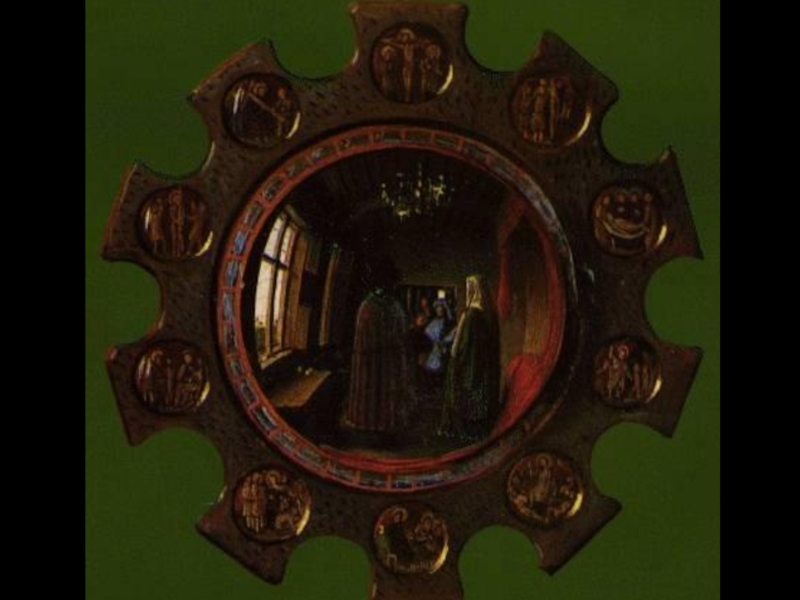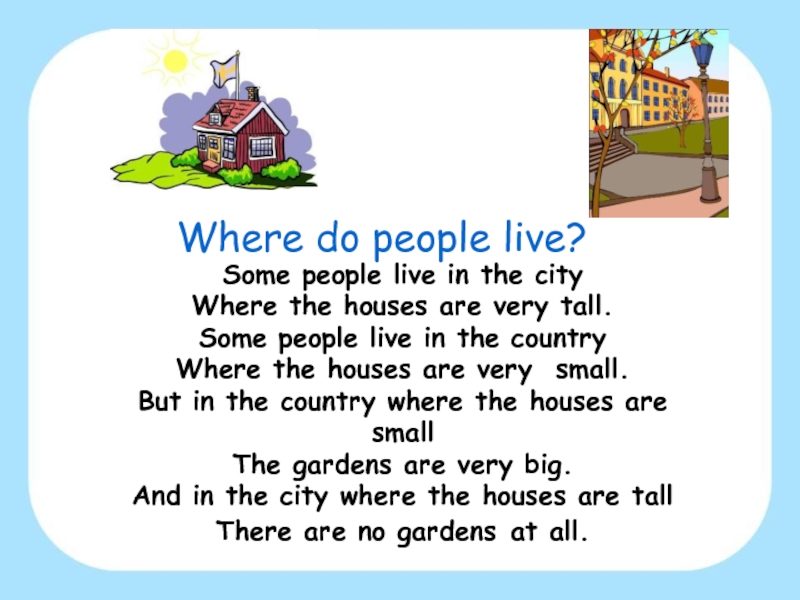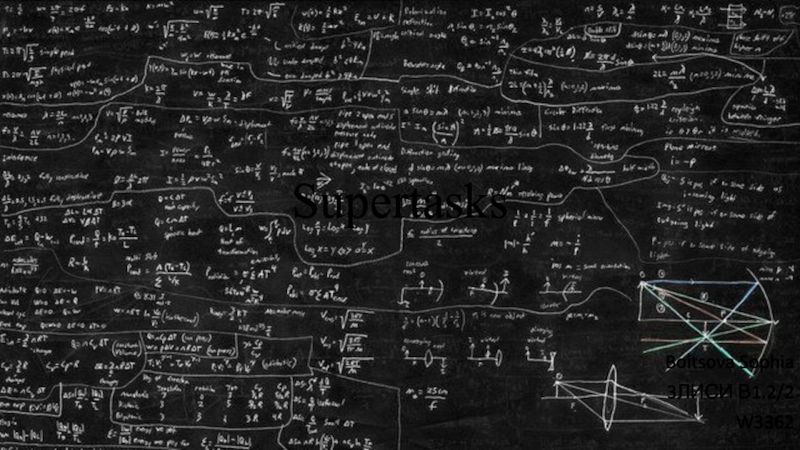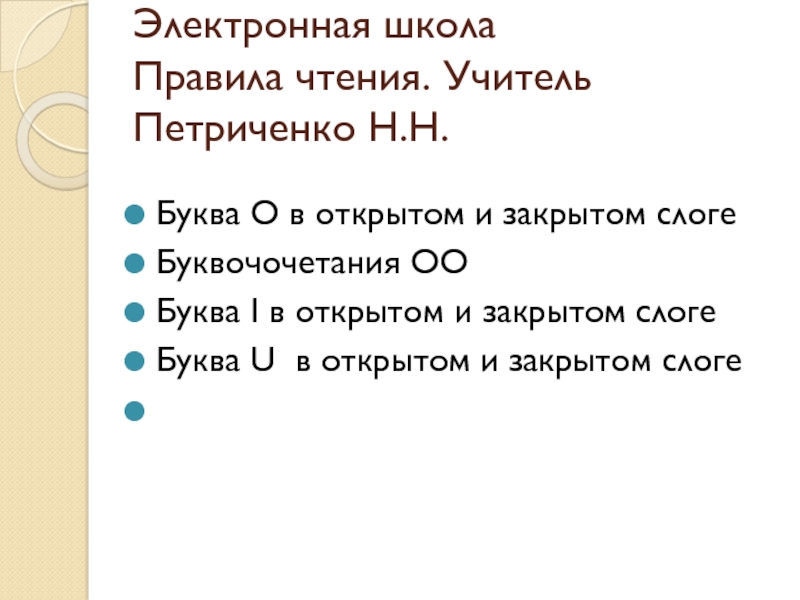- Главная
- Разное
- Дизайн
- Бизнес и предпринимательство
- Аналитика
- Образование
- Развлечения
- Красота и здоровье
- Финансы
- Государство
- Путешествия
- Спорт
- Недвижимость
- Армия
- Графика
- Культурология
- Еда и кулинария
- Лингвистика
- Английский язык
- Астрономия
- Алгебра
- Биология
- География
- Детские презентации
- Информатика
- История
- Литература
- Маркетинг
- Математика
- Медицина
- Менеджмент
- Музыка
- МХК
- Немецкий язык
- ОБЖ
- Обществознание
- Окружающий мир
- Педагогика
- Русский язык
- Технология
- Физика
- Философия
- Химия
- Шаблоны, картинки для презентаций
- Экология
- Экономика
- Юриспруденция
An introduction to the concept of art презентация
Содержание
- 1. An introduction to the concept of art
- 2. Objectives of the Activity Determine a definition
- 3. In small groups answer the following Questions
- 4. Image #1 Is this art? Why or
- 5. Image #2 Is this art? Why or
- 6. Image #3 Is this art? Why or
- 7. Image #4 Is this art? Why or
- 8. Image #5 Is this art? Why or
- 9. Image #6 Is this art? Why or
- 10. Elements of Art Perspective Light Color Form Motion Proportion Symbols Lines
- 11. Perspective Perspective is the way in which
- 12. Light Just as stage designers use lighting
- 13. Color Use of different colors provide emphasis,
- 14. Form By using light and shadows, artists
- 15. Motion Depicting motion is a technique painters
- 16. Proportion Proportion usually refers to the way
- 17. Symbols Many artists include items that symbolize other items, emotions, beliefs, ideas, etc.
- 18. Lines An identifiable path of a point
- 19. The Peasant Dance, Pieter Bruegel the Elder
- 20. Light Perspective Movement Color Form Proportion Symbolism
- 21. Light Perspective Movement Color Form Proportion Symbolism
Слайд 2Objectives of the Activity
Determine a definition of art
Decide what is art
and what is not art
Define terms related to the viewing of art
Examine two images critically
Define terms related to the viewing of art
Examine two images critically
Слайд 3In small groups answer the following Questions
What is art?
What are different
types of art?
How does art influence society?
Why is art important?
What sort of messages do art have?
How does art influence society?
Why is art important?
What sort of messages do art have?
Слайд 11Perspective
Perspective is the way in which artists create an illusion of
depth on a flat surface. For hundreds of years painters have tried to represent accurately a scene that exists in three dimensions on a two-dimensional canvas. One of the ways to create this illusion is to make the objects that are far away smaller than those that are closer to the viewer.
Слайд 12Light
Just as stage designers use lighting to spotlight a performer, painters
will often highlight important elements in paintings
Слайд 13Color
Use of different colors provide emphasis, emotion, etc. Often colors highlight
parts of an image to draw specific attention to it.
Слайд 14Form
By using light and shadows, artists give volume to their subjects.
One way one can give figures three-dimensional form is to reflect light off their bodies and paint shadows cast by them.
Слайд 15Motion
Depicting motion is a technique painters use to keep our attention
focused on the picture.
Слайд 16Proportion
Proportion usually refers to the way different elements in a painting
relate to each other in terms of size.
Слайд 17Symbols
Many artists include items that symbolize other items, emotions, beliefs, ideas,
etc.
Слайд 18Lines
An identifiable path of a point moving in space. It can
vary in width, direction, and length.

